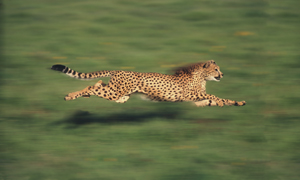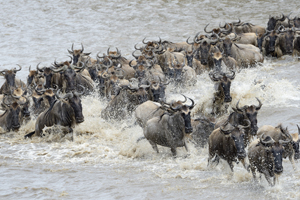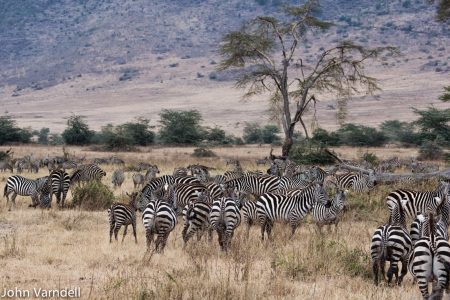Tailor Made
- Your bespoke safari holiday
- Explore Africa at your own pace
- Specialist who listens to your needs
- Tell us what your style is
- Enjoy a personalised experience with Safari Club

 Ngorongoro Crater in Tanzania
Ngorongoro Crater in Tanzania
The Ngorongoro Crater is a major drawcard for tourists coming on a Tanzania safari holiday and is an essential component of any Northern Tanzania safari circuit.
The game viewing on the floor of the Ngorongoro Crater is sensational at any time of year and the chances of seeing rare black rhino and also big cats, especially lions, is as good as anywhere in Africa. Lion and cheetah can often be spotted hunting by day and flamingos are present in the soda lake on the crater floor.
The Ngorongoro Conservation area also includes Olduvai Gorge, and huge expanses of highland plains, scrub bush, and forests that cover approximately 8300 square kilometers. Only indigenous tribes such as the Maasai are allowed to live within the borders of the Ngorongoro Conservation Area.
Lake Ndutu and Masek, both alkaline soda lakes are home to rich game populations, as well as a series of peaks and volcanoes and ...
The Ngorongoro Crater is a major drawcard for tourists coming on a Tanzania safari holiday and is an essential component of any Northern Tanzania safari circuit.
The game viewing on the floor of the Ngorongoro Crater is sensational at any time of year and the chances of seeing rare black rhino and also big cats, especially lions, is as good as anywhere in Africa. Lion and cheetah can often be spotted hunting by day and flamingos are present in the soda lake on the crater floor.
The Ngorongoro Conservation area also includes Olduvai Gorge, and huge expanses of highland plains, scrub bush, and forests that cover approximately 8300 square kilometers. Only indigenous tribes such as the Maasai are allowed to live within the borders of the Ngorongoro Conservation Area.
Lake Ndutu and Masek, both alkaline soda lakes are home to rich game populations, as well as a series of peaks and volcanoes and make the conservation Area a unique and beautiful landscape. The short grass plains and the adjacent Southern Serengeti are the location of the “Great Migration” between January and April as the herds arrive to calve and over half a million wildebeest calves are born over the space of a few short weeks.
In our opinion despite the crater floor being rather crowded with tourist vehicles, the spectacular setting and superb year round game viewing make a visit to the Ngorongoro Crater an essential part of any safari in Northern Tanzania.
← Read LessThere is world class accommodation here in all categories, your choice of hotel, lodge or camp will depend on whether you are after a romantic stay or something more family orientated. Our consultants can guide you on the best options for your budget and aspirations.
Premium Level
Classic Level
Premium Level
Entry Level
Classic Level
Entry Level
Entry Level
Classic Level
Premium Level
ENTRY
CLASSIC
PREMIUM
Below are some successful itineraries that have worked well for our clients. Please call to check availability or better still let us tailor make your own safari holiday.
13 days from £12064 to £15710 Family of Four
At least one night on the crater floor is a must. During the migration it is also very important to include a stay in the Ndutu and Lake Masek areas as part of any safari itinerary. Contact us and we will work out a plan for you to maximise your seasonal game viewing.
The crater is great to visit at any time of year although it can be quite cold, damp and foggy on the rim from May to July. For the migration and the Lake Ndutu and Masek areas the best time is between late December and March.
January and February are mid-summer, your days should be warm and sunny. The migration is located in the Ngorongoro Conservation area and the Southern Serengeti at this time where the herds have returned to graze on the rich grasses and calve.
June sees the end of the long rains and the bush now supports green, lush vegetation. The days should be relatively cool and clear.
July to October is the main dry season and perfect safari weather
April and May experience the wettest weather and as a result there are less visitors the game viewing is still excellent.
This is the cheapest time to visit the crater.
The shoulder seasons are also a good time to visit the crater but it can be quite cold in June with the last of the rains lingering on.
November and December are warm and characterized by sunshine and showers
 Just a phone call away to start planning your holiday
Just a phone call away to start planning your holiday
01 664 464 228







